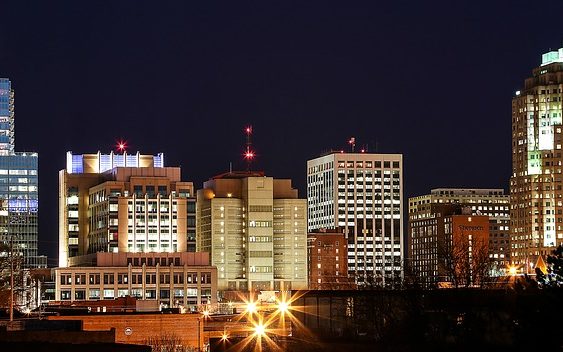Hurricane Helene isn't the only big storm North Carolina is still recovering from

Almost two months after Hurricane Helene wreaked havoc on western North Carolina, Republican lawmakers grilled officials Monday over how they handled two other hurricanes that hit the state several years ago.
As part of a massive $3.9 billion Helene recovery package presented to legislators last month, Democratic Gov. Roy Cooper included a request for more money to finish housing projects in eastern North Carolina still pending from Hurricane Matthew in 2016 and Hurricane Florence in 2018. The overall request included $175 million more for the state Homeowner Recovery Program to complete work related to those previous storms. On Monday, officials from the governor’s administration raised that amount by 26% to $221 million.
Last month the Republican-dominated Legislature offered just $30 million toward wrapping up recovery efforts from the previous storms.
On Monday, however, GOP lawmakers sounded loathe to provide much more money to programs they believe have been run inefficiently.
“We’ve given you every opportunity, we’ve given you every tool you asked for,” Republican Rep. Brenden Jones said during Monday’s subcommittee hearing in Raleigh. “I mean, if you were a business coming to my bank asking for money, I certainly wouldn’t loan you anything.”
The recovery office said recently that while over 2,800 families affected by Florence and Matthew have returned to housing through the Homeowner Recovery Program, about 1,500 others that qualified are still waiting for assistance to be completed.
“Rebuilding homes after a disaster is complicated, it’s expensive, it takes more time than just building a subdivision,” said Pryor Gibson, a legislative lobbyist of Cooper’s administration who testified Monday.
Without the necessary funding, Laura Hogshead, chief operating officer for Recovery and Resiliency, said pausing the projects is “an option on the table.”
Lawmakers have previously criticized the recovery office and Cooper’s administration for what they considered slow action, though the organization’s leaders have blamed the COVID-19 pandemic, rising construction costs and labor shortages.
Frustrations hit a flashpoint in the middle of Monday’s hearing when Jones asked Hogshead if she would resign given the office’s performance. Hogshead refused.